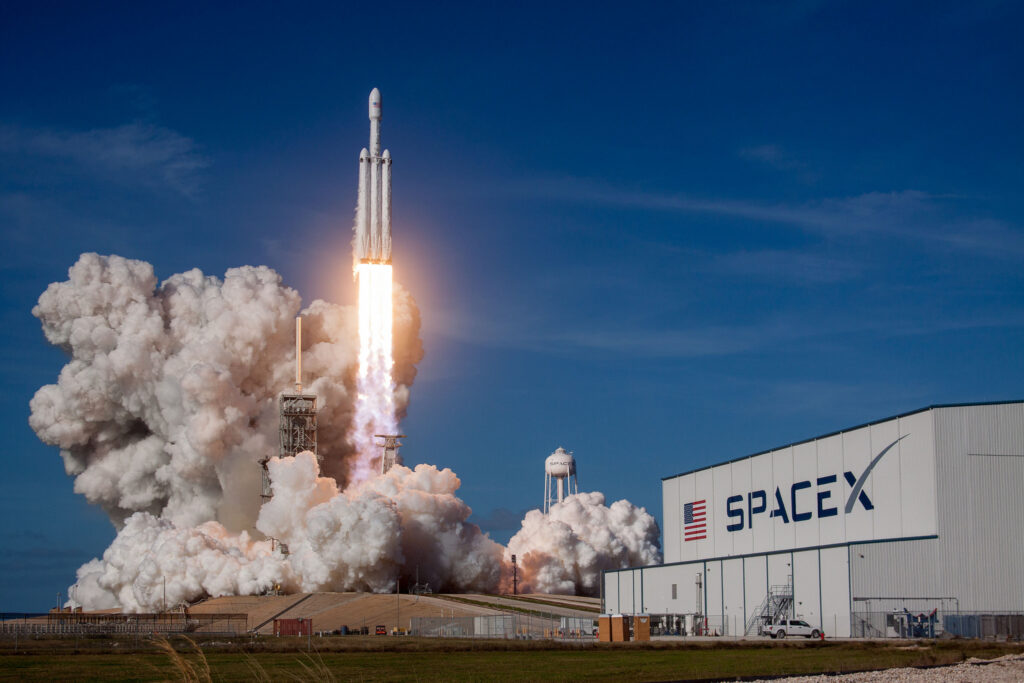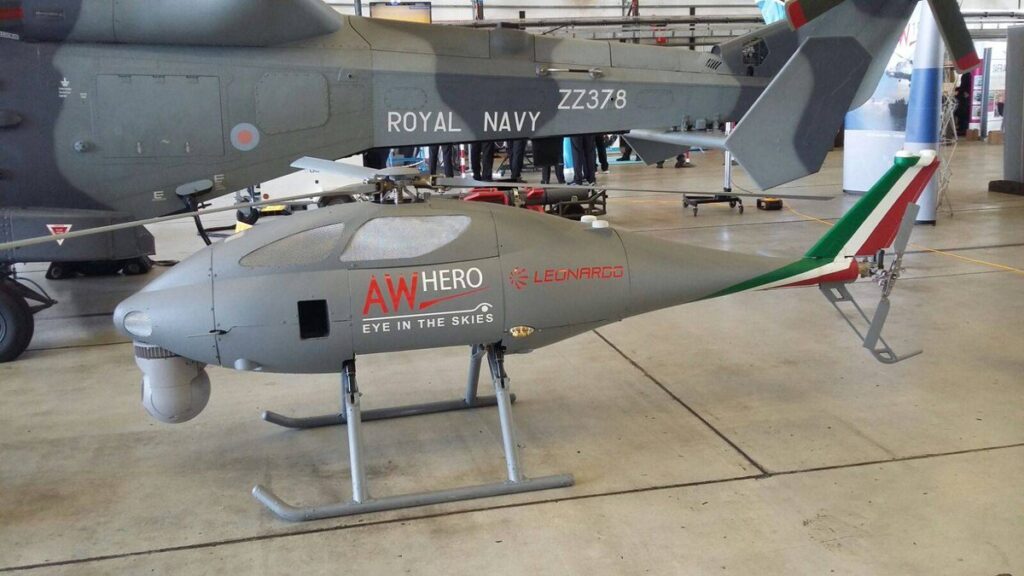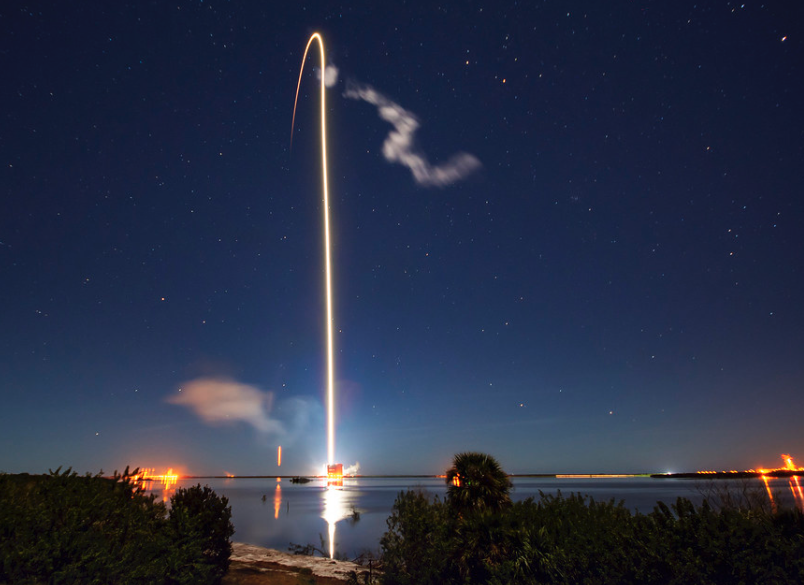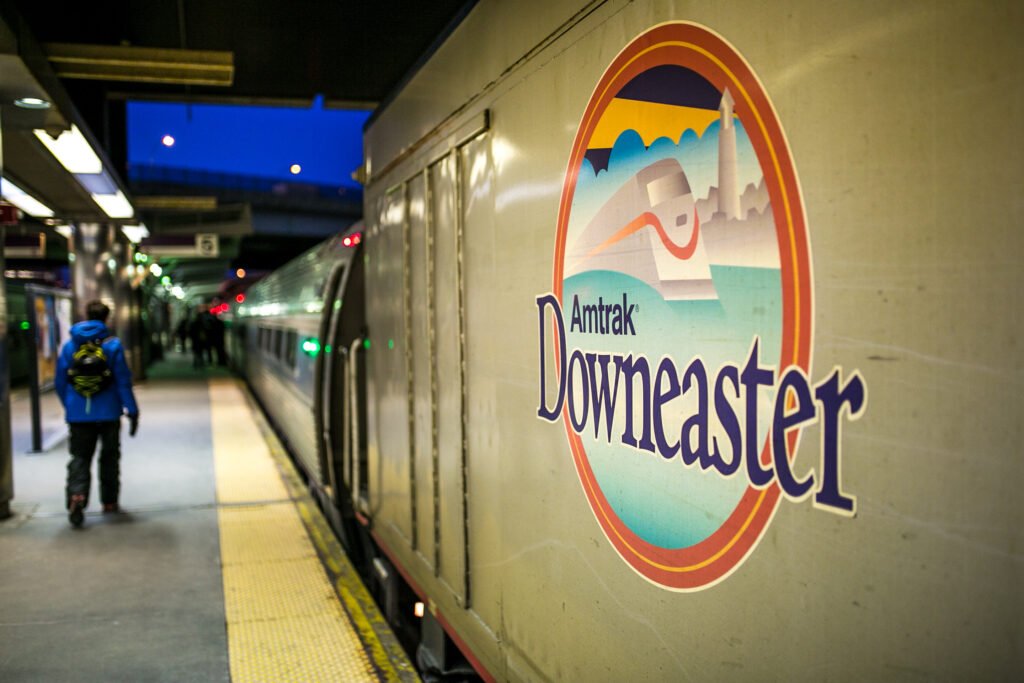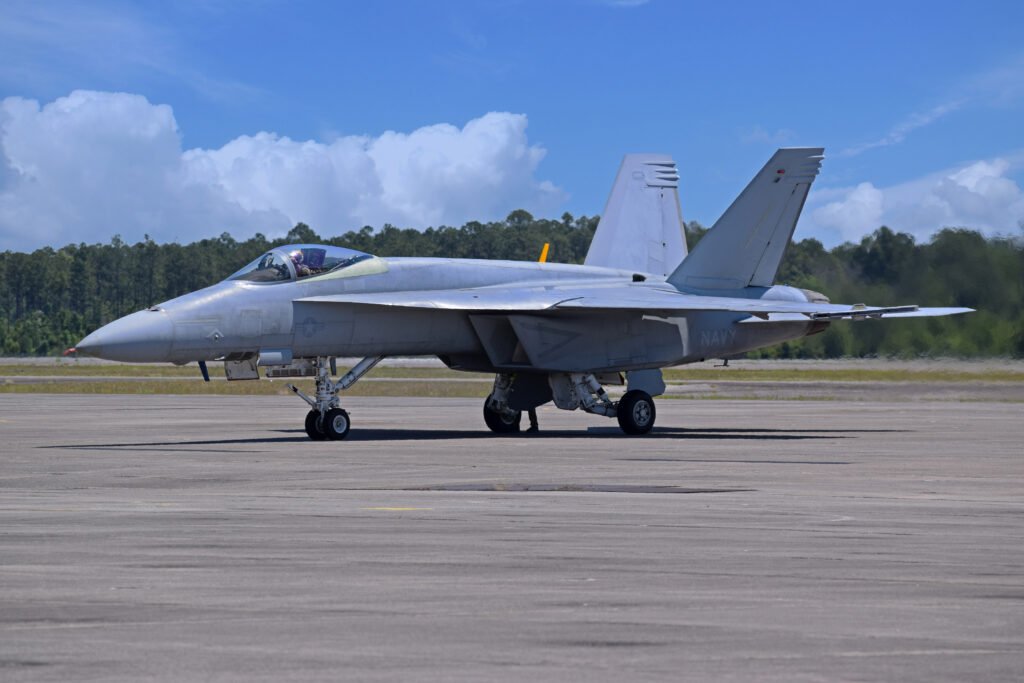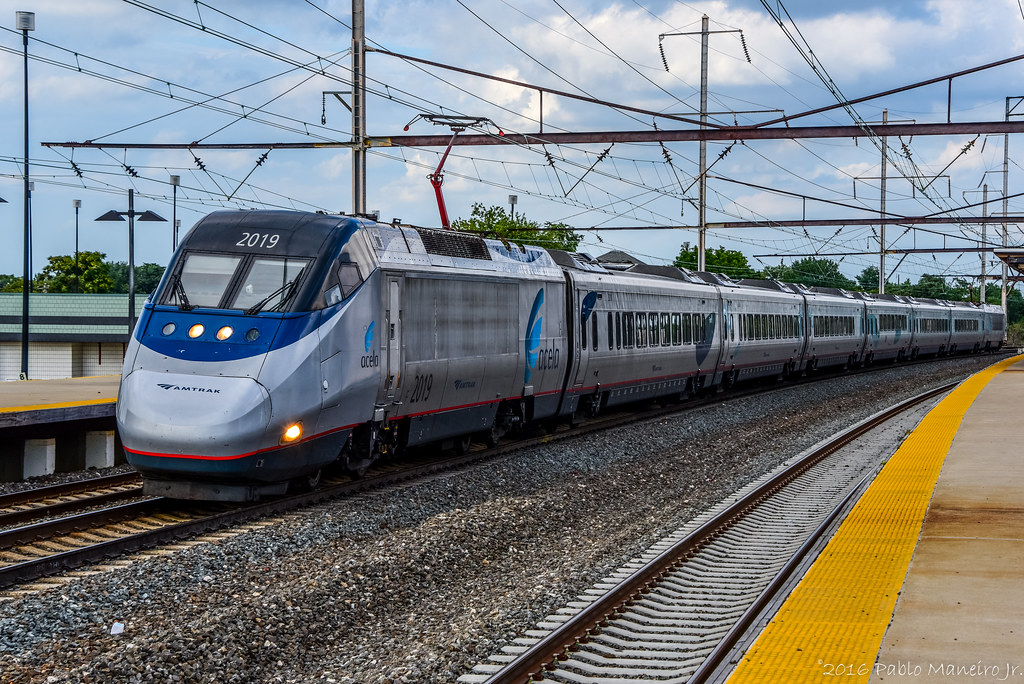SpaceX Targets Thursday, October 1 for Falcon 9 Launch
SpaceX is targeting Thursday, October 1 at 9:17 a.m. EDT for a Falcon 9 launch of 60 Starlink satellites from Launch Complex 39A (LC-39A) at Kennedy Space Center in Florida. Falcon 9’s first stage previously…
